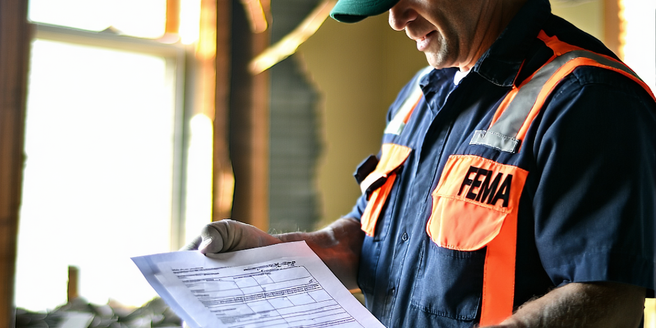Disaster Assistance For Homeowners

Understanding the Types of Disaster Assistance Available
Disaster assistance comes in various forms, each tailored to address specific needs of affected homeowners. Federal aid is often the first line of support, encompassing grants from agencies like FEMA which can cover temporary housing, repairs, and essential items replacement. Additionally, the Small Business Administration offers low-interest loans, not just for businesses, but for homeowners as well, aiming to help them rebuild their dwellings and lives. State and local governments might complement these efforts by providing additional funding or services, ensuring that those in need receive holistic support. Community-based organizations also enhance aid efforts by offering localized assistance, often filling gaps left by larger programs. It is imperative for homeowners to recognize these differing forms of aid to effectively access the help they require.
How to Determine Your Eligibility for Aid
Determining eligibility for disaster assistance requires understanding specific program criteria. Federal programs, for instance, might have income limitations or demand proof of residence within officially declared disaster areas. States often have their own eligibility guidelines, adding layers to the qualification process. Gathering necessary documents is crucial; these typically include evidence of homeownership, identification, and records of the property’s status before the disaster. It is advisable to start this process early to avoid last-minute complications. Additionally, potential aid recipients should consider factors like insurance coverage, as assistance often complements rather than replaces it. Consulting with local relief agencies can provide insights into region-specific requirements, ensuring no step is overlooked. Being informed and prepared increases one’s likelihood to access available aid smoothly and effectively.
Steps to Apply for Federal and State Assistance Programs
Applying for disaster assistance involves several key steps to ensure successful processing. Initially, homeowners should contact the Federal Emergency Management Agency (FEMA) to register their claim. This can be done via phone, online, or through the FEMA app. Ensuring all personal and property information is accurate is essential for a smooth application process. Following this, one should reach out to state agencies that manage local aid programs, as supplementary support is often available beyond federal offerings. Compile all necessary documentation including proof of identity, property ownership, and details of incurred damages. Once applications are submitted, staying informed about application status through regular follow-ups is important. Engaging directly with FEMA representatives and leveraging online resources can expedite obtaining aid in times of need.
Key Resources and Contacts for Immediate Help
Understanding where to turn for immediate assistance is crucial during a disaster. Key resources often begin with contacting local authorities, who can provide guidance tailored to the specific event and region affected. Federal agencies, such as FEMA, offer comprehensive support and information through their disaster assistance websites and hotlines. It’s also wise to maintain an updated list of local emergency contacts, including municipal offices and reputable non-profit organizations dedicated to disaster recovery. Neighbors and community groups often band together, providing both emotional and material support, which can be invaluable in crisis situations. Moreover, connecting with social media groups and online forums tailored to disaster response can yield timely advice and shared experiences, helping individuals navigate the urgency of post-disaster environments effectively.
Tips for Maximizing Your Financial Recovery After a Disaster
Post-disaster financial recovery begins with disaster planning and continues through accessing available aid efficiently. Initially, documenting all damages and expenses can streamline insurance claims and aid applications. This comprehensive record assists in justifying claims and understanding reimbursement eligibility. Utilizing resources like the FEMA aid database and connecting with insurance providers promptly aids in obtaining maximal recovery funds. Furthermore, considering involvement in community-driven rebuilding efforts can offer both financial relief and emotional reinforcement. It is also essential to explore all funding avenues, such as grants and low-interest loans from federal and state sources. Professionals, such as independent financial advisors, can provide guidance on managing expenses in the aftermath. Staying informed and proactive throughout the recovery process helps to maximize financial recovery opportunities.